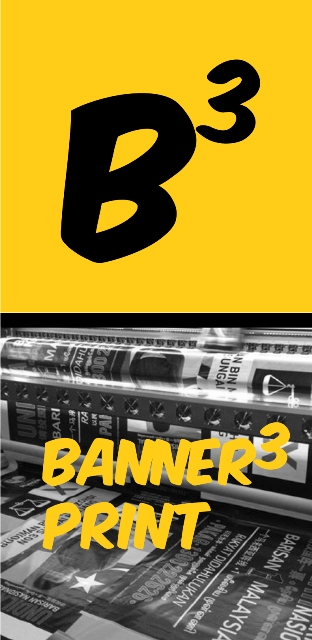Printed Mesh Banners
The ultimate solution for outdoor signs in high wind environments
WHAT IS MESH BANNER ?
A mesh banner is a perfect outdoor graphic solution for scaffolding and building wraps in windy conditions.
Mesh is a lightweight fabric like material that is tightly woven and very strong;
the advantage of mesh banners is that you no longer need to cut wind holes.
Mesh is ideal for large exterior banner needs: heavy mesh material is flame retardant
and resistant to tearing and it is directly printable using UV and solvent inks.
Mesh banners are ideal for windy outdoor conditions – here’s why:
+ No longer need to cut wind holes in the banner because the fabric has hundreds of small perforations
that allow air to flow it.
+ Mesh perforations reduce the load placed on both the supporting structure
and on the mesh itself which means that a mesh banner highly resistant to wind damage.
+ Flame retardant mesh complies with Health & Safety and Fire Regulations.
+ Low weight of mesh banner makes it ideal for extra large applications such as
building wraps and stage backdrops.
+ Visual are printed directly onto mesh fabric using solvent and UV inks
for photo-realistic quality and increased resistance to fading
Mesh Banner Printing, Pvc Mesh Banner Printing , Backdrop Mesh Printing
The ultimate solution for outdoor signs in high wind environments
WHAT IS MESH BANNER ?
A mesh banner is a perfect outdoor graphic solution for scaffolding and building wraps in windy conditions.
Mesh is a lightweight fabric like material that is tightly woven and very strong;
the advantage of mesh banners is that you no longer need to cut wind holes.
Mesh is ideal for large exterior banner needs: heavy mesh material is flame retardant
and resistant to tearing and it is directly printable using UV and solvent inks.
Mesh banners are ideal for windy outdoor conditions – here’s why:
+ No longer need to cut wind holes in the banner because the fabric has hundreds of small perforations
that allow air to flow it.
+ Mesh perforations reduce the load placed on both the supporting structure
and on the mesh itself which means that a mesh banner highly resistant to wind damage.
+ Flame retardant mesh complies with Health & Safety and Fire Regulations.
+ Low weight of mesh banner makes it ideal for extra large applications such as
building wraps and stage backdrops.
+ Visual are printed directly onto mesh fabric using solvent and UV inks
for photo-realistic quality and increased resistance to fading
Mesh Banner Printing, Pvc Mesh Banner Printing , Backdrop Mesh Printing

 RSS Feed
RSS Feed
